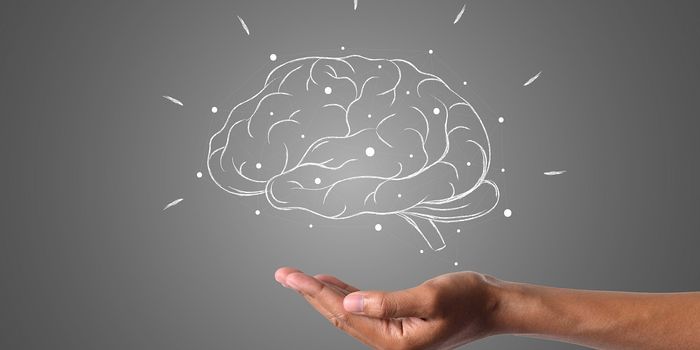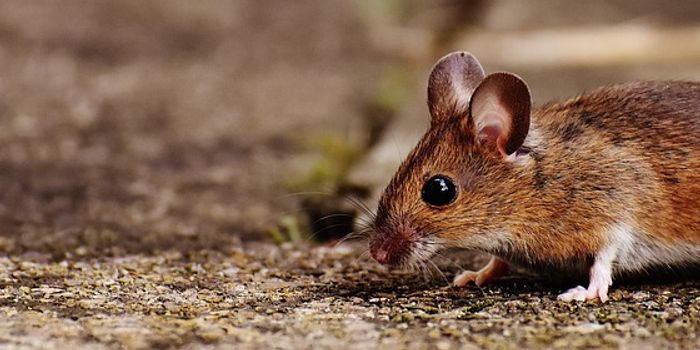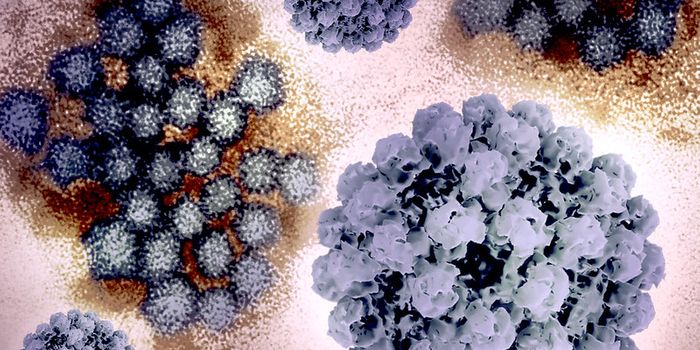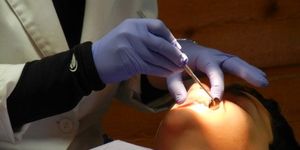Current heart muscle engineering technology requires more than a million stem cells per tissue, making mass production of these models virtually impossible. New research from a collaboration between the Gladstone Institutes and the University of California Berkeley have come up with a new solution: miniaturized cardiac muscle tissue models made from induced pluripotent stem cells (iPSCs).
The newly proposed three-dimensional human heart model represents a miraculous step forward for precision medicine, providing new capabilities for doctors to model disease and test new therapeutics. The new technology requires a thousand times fewer cells to make tissue models, making the process easier, cheaper, and more efficient. Additionally, these new heart models will be easily reproduced, a classic component of any successful scientific experiment.
iPSCs are obtained from the skin cells of healthy human volunteers, eliminating any controversy from using embryonic stem cells, yet they act more like embryonic cells than adult cells. These stem cells are coerced into becoming heart cells, a long a tedious project that will benefit from needing less cells altogether. Scientists can now conduct more experiments with the same amount of resources.
The study, published recently in
Scientific Reports, involved scientists combining heart muscle cells and connective tissue, both manufactured from iPSCs, in a specialized lab dish shaped like a dog bone to promote self-organization into “elongated muscle fibers.”
In a few days’ time, the tissues looked and acted like adult heart muscle tissue.
With a new way to study heart disease and potential treatments for various conditions, scientists can rely less on mouse models when looking to treat a human disease. Mice are good organisms to study, but what’s better than studying actual human heart muscle tissue?
"Our research shows that you can create these complex tissues with a simple template that exploits the inherent properties of these cells to self-organize,” said senior Gladstone investigator Bruce Conklin, MD. “We think that the micro heart muscle will provide a superior resource for conducting research and developing therapies for heart disease."
Source:
Gladstone Institutes









